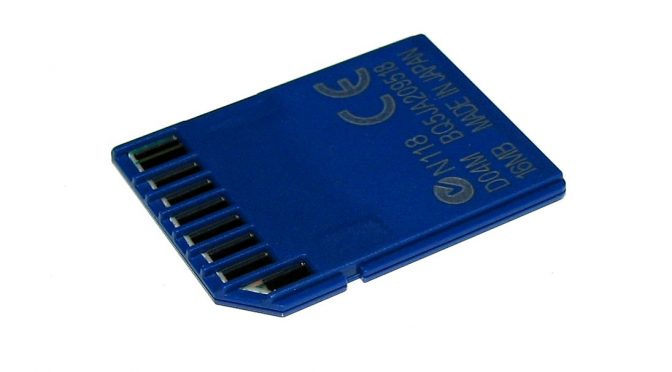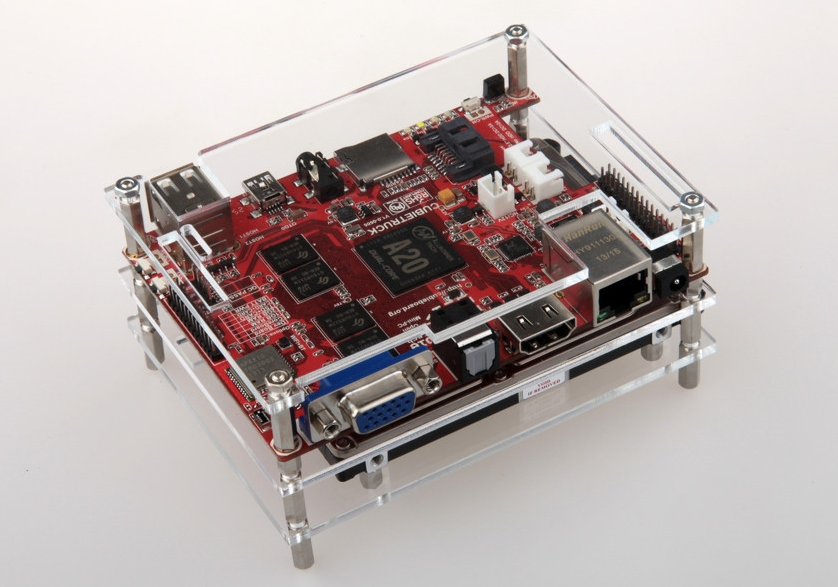This post is the consequence of a conversation I had yesterday evening with my sister, chatting to her about the upcoming South Lakes Interclub Photography Competition, and how the whole thing works.
But it is also kind of the point I was attempting to make on my previous post about fixing things in Photoshop that you could’ve resolved at the time of shooting (well, one of the points I was trying to make).
In previous years, we’d remained at the venue (as a competing team, not as host) until at least 11pm usually (once past midnight – after which we had to make an hour and a half drive back home) due to waiting for technological hiccups to be overcome so that we could continue, but last year was different.



